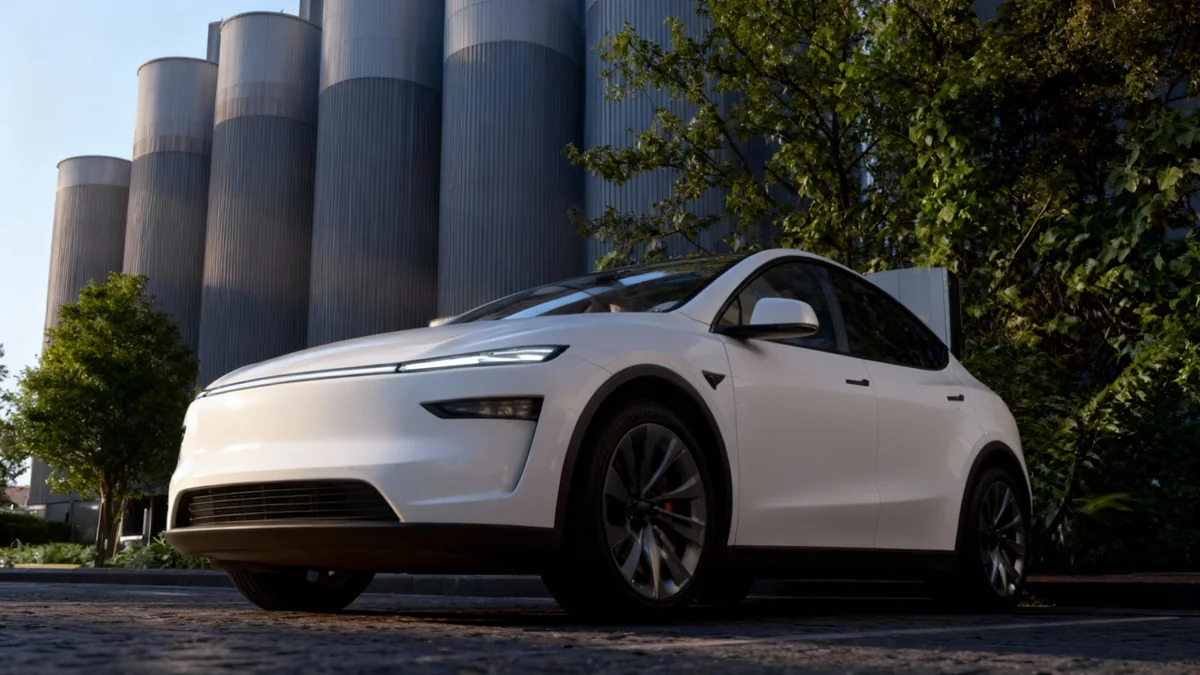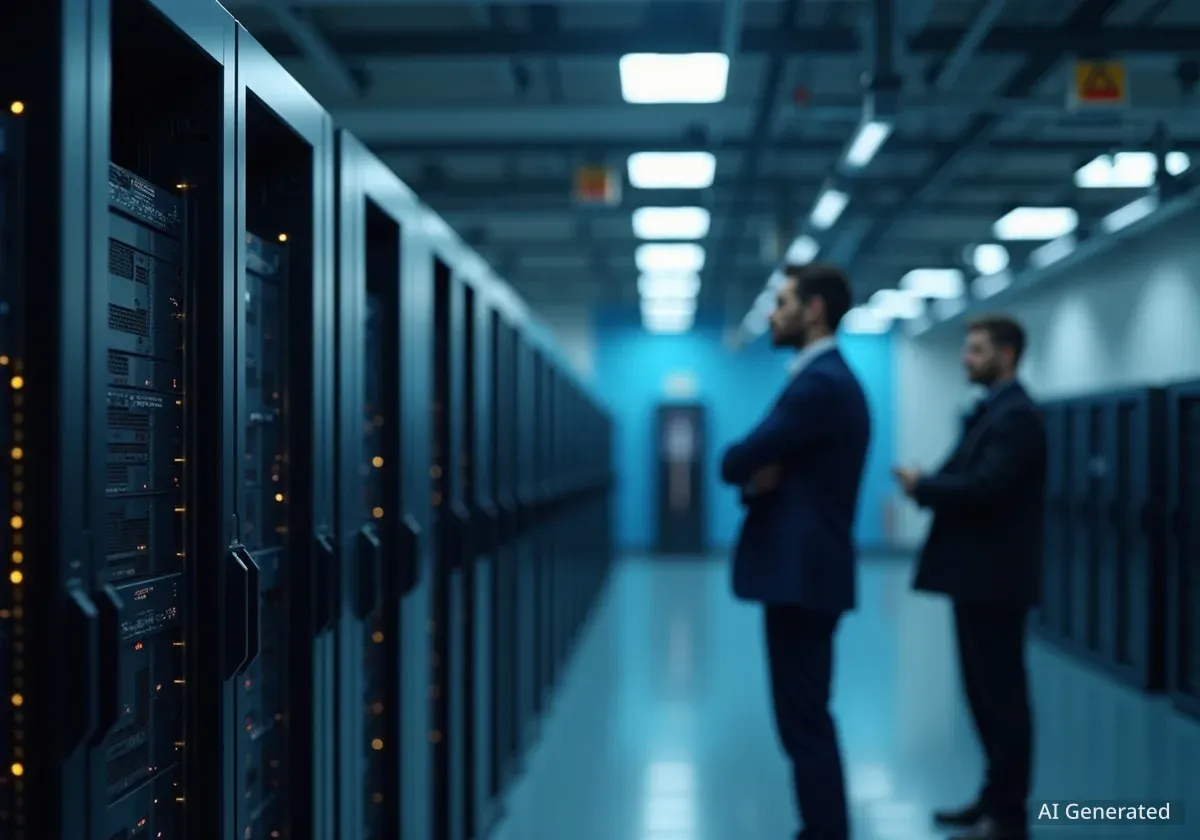Tesla is actively developing its next generations of artificial intelligence chips, with CEO Elon Musk recently detailing plans for AI5, AI6, AI7, and AI8. These chips are designed to power the company's in-vehicle inference computing, which is essential for advanced driver-assistance systems (ADAS) and future self-driving capabilities.
The announcement comes as Tesla continues to navigate challenges with its existing self-driving hardware, particularly the third-generation chip, known as HW3, which some customers were promised would enable full unsupervised self-driving.
Key Takeaways
- Tesla is planning AI5, AI6, AI7, and AI8 chips for future self-driving.
- The current chip in production is AI4, following HW3.
- Unsupervised self-driving remains a key unfulfilled promise for HW3 owners.
- Tesla previously admitted HW3 might not support full unsupervised self-driving.
- A 'v14 Lite' version for HW3 is anticipated in Q2 next year.
Next-Generation AI Chips in Development
Elon Musk recently shared updates on Tesla's AI chip development. He mentioned a detailed design review for AI5 with engineers in California and Texas, expressing optimism about its potential. Following AI5, Musk stated that AI6 and AI7 would arrive quickly, with AI8 described as "out of this world."
These chips are critical for Tesla's in-car computing, which directly supports the functionality of its ADAS and aims to deliver full self-driving features. The company's current production chip is AI4, representing its fourth generation.
AI Chip Generations
- HW2/3: Early generations, HW3 was retrofitted for some users.
- AI4: Current chip in production.
- AI5: Planned for 2026.
- AI6, AI7, AI8: Future generations in conceptual or early design phases.
Challenges with Existing Self-Driving Hardware
Despite the forward-looking announcements, Tesla faces ongoing challenges with its earlier hardware. The company has been selling "Full Self-Driving" capability since its second-generation chip. When the second-generation hardware proved insufficient, Tesla retrofitted affected vehicles with the third-generation HW3 chip.
In January, Musk acknowledged that Tesla's HW3 in-car computer might not be powerful enough to support unsupervised self-driving. He indicated that Tesla would offer retrofits for these customers, but a concrete plan has not yet been communicated, ten months after this admission.
"Just finished a long AI5 design review with the Tesla California and Texas chip engineers. It’s going to be great. And AI6 and AI7 will follow in fast succession. AI8 will be out of this world."
The Ongoing HW3 Dilemma
During a recent earnings call, Tesla partially revised Musk's earlier statement regarding HW3's limitations. CFO Vaibhav Taneja noted, "We’ve not completely given up on hardware 3." He did not provide extensive details on what this might entail.
Ashok Elluswamy, Tesla's VP of self-driving, offered more insight. He stated that after the v14 release series is complete, the company plans to work on a "v14 Lite" version specifically for HW3. This version is tentatively expected in the second quarter of next year. The v14 software is currently available on vehicles equipped with HW4, but it still does not provide the unsupervised self-driving capability that Tesla initially promised and sold to customers.
Understanding 'Full Self-Driving'
Tesla's 'Full Self-Driving' (FSD) package is an advanced driver-assistance system that aims to enable a vehicle to drive itself without human intervention. However, it currently requires active driver supervision and does not make the vehicle autonomous. The company has faced scrutiny over the terminology and the timeline for delivering fully autonomous capabilities.
Future Implications for Tesla Owners
The continuous development of new AI chips, from AI5 to AI8, suggests a clear path for Tesla's hardware evolution. However, this also raises questions for owners of older hardware, particularly those with HW3.
Historically, when Tesla introduces a new self-driving computer, its development efforts tend to shift towards optimizing for the newer, more powerful hardware. This often means that older hardware generations receive less focus or are deemed insufficient for the most advanced features. Many observers believe that AI4 could follow a similar trajectory to HW3, eventually being superseded by newer, more powerful chips.
The introduction of a "v14 Lite" for HW3, expected in six months, highlights the ongoing challenge of delivering on past promises while simultaneously innovating for the future. This approach could be seen as a compromise for customers who paid for a feature that has not yet fully materialized on their current hardware.
The Importance of Compute Power
The inference computing power of these chips directly impacts the vehicle's ability to process sensor data, make real-time decisions, and execute complex driving maneuvers. Each new generation of AI chip aims to increase this processing capability, theoretically allowing for more sophisticated and reliable self-driving features.
However, some critics argue that the issue extends beyond raw compute power, suggesting that Tesla's fundamental approach to achieving autonomy, including its reliance on vision-only systems and neural networks, may be a more significant factor than the chip generation itself. They point to potential "hallucinations" in the model and insufficient sensor diversity as core problems.
As Tesla pushes forward with its ambitious AI chip roadmap, the company faces the dual task of innovating for the future while simultaneously addressing the unfulfilled promises to its existing customer base regarding full self-driving capabilities.





